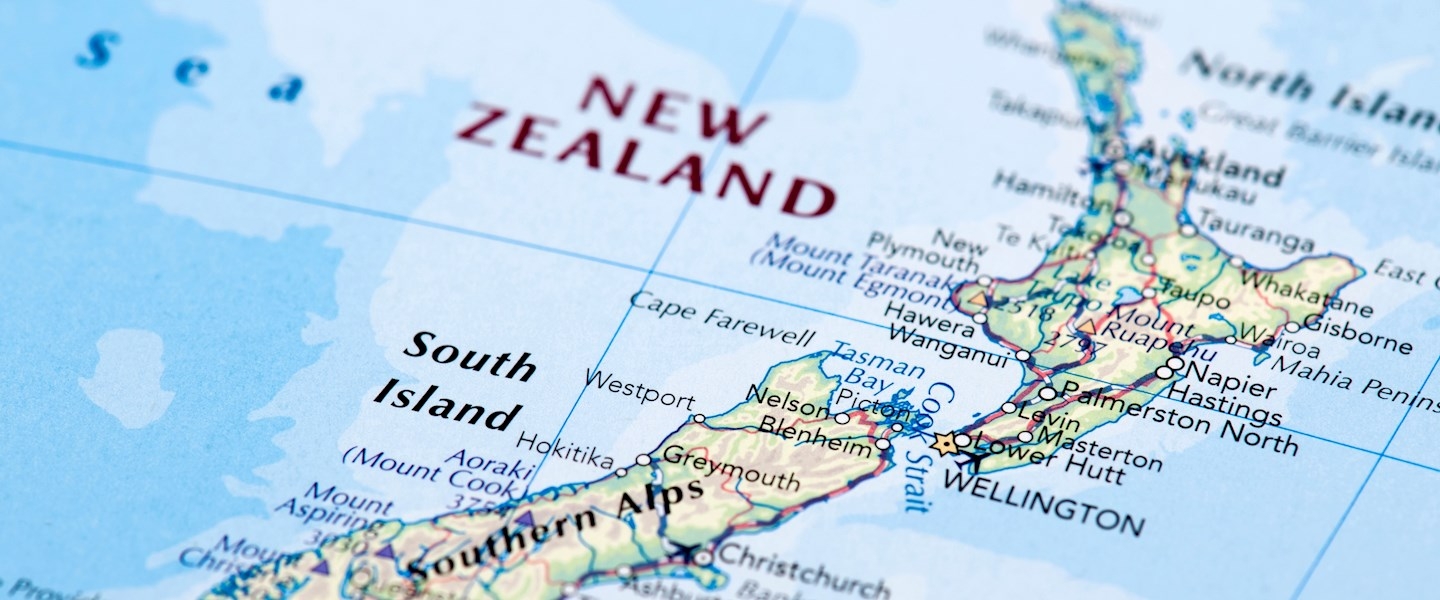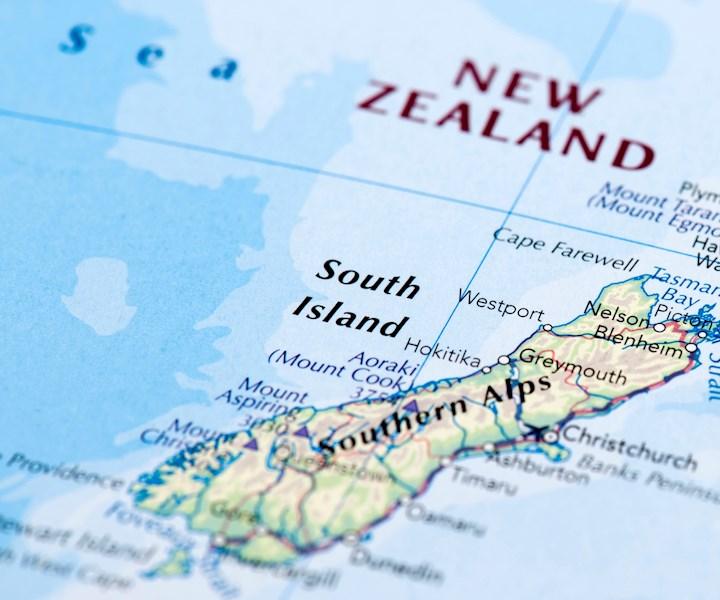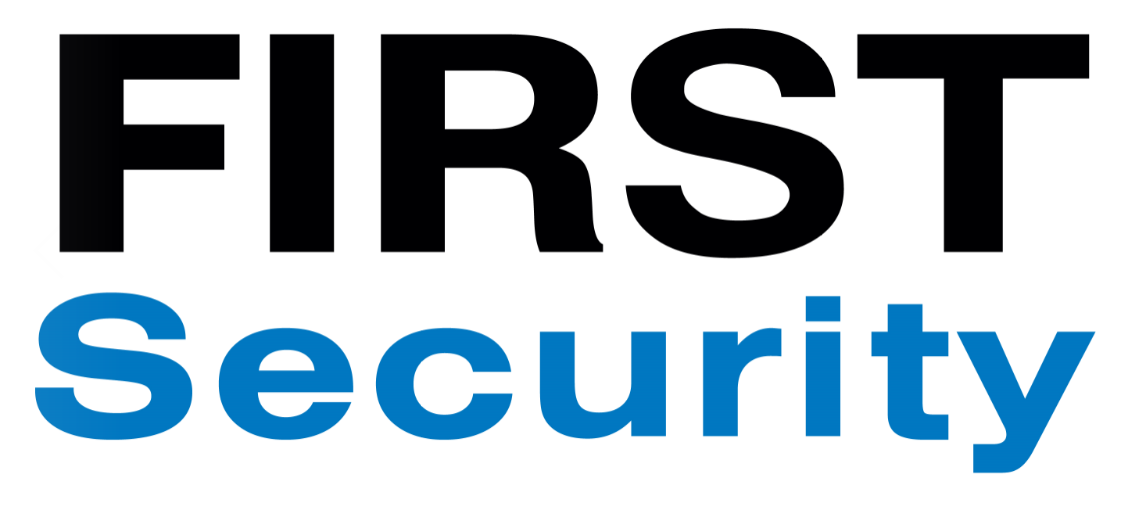12. In Summary: Protecting Our Crowded Places from Attack


New Zealand Police’s ‘Protecting Our Crowded Places from Attack: New Zealand’s Strategy’ provides guidance to venue operators and event organisers in relation to protecting staff and visitors from armed attacks. In this series of posts, FIRST Security’s COO Steve Sullivan looks at how you can implement the strategy and keep your people safe.
With this post, my 12-part series on New Zealand’s crowded places strategy comes to an end. Posting about the strategy has been illuminating for me, and – if you’ve stuck with the series – I hope you may have picked up a take-away or two.
In my previous post, I wrote about the Security Audit Tool that forms part of the Crowded Places strategy. Specifically, I discussed its audit questions around the use of CCTV.
To recap, the Security Audit Tool is one of a number of guidance documents that make up the crowded places strategy, which includes the following suite of documents:
- Protecting Our Crowded Places from Attack: New Zealand’s Strategy;
- Self-Assessment Tool;
- Assessing your Protective Security Tool;
- Detecting Hostile Reconnaissance Tool; and
- Security Audit Tool
Over the course of my crowded places blog series, we’ve covered some of the key aspects of each of these documents, and I hope you’ve found at least some of it to be useful. In this post, I’d like to put forward some of my thoughts in relation to the crowded places strategy generally.
Large body of work
The importance of Protecting Our Crowded Places from Attack: New Zealand’s Strategy is that it documents an approach that is fit-for-purpose for Aotearoa; it is reflective of our context and of our values. In this way, it is unique – and uniquely relevant – compared to similar strategy documents in Australia, the UK and elsewhere.
That being said, it is often the case in security and law enforcement matters that New Zealand benefits from pre-existing bodies of work contributed to by professionals and policy makers in other comparable jurisdictions. The crowded places strategy is no exception.
For those of you who wish to pursue ‘further reading’ in the topic of crowded places, I suggest you take a look at the following. Bear in mind that these have been produced in relation to jurisdictions that are subject to legal and security threat contexts that are different to ours:
Australia
The Australian crowded places strategy includes a suite of materials aimed at assisting owners and operators to understand and implement protective security measures. They also contain modules on specific weapons and tactics used by terrorists:
- Australia's Strategy for Protecting Crowded Places from Terrorism
- Crowded Places Security Audit
- Crowded Places Self-Assessment Tool
- Active Armed Offender Guidelines for Crowded Places
- Improvised Explosive Device Guidelines for Crowded Places
- Chemical Weapon Guidelines for Crowded Places
- Hostile Vehicle Guidelines for Crowded Places
United Kingdom
The UK’s Crowded Places guidance has been developed with input from the Centre for the Protection of National Infrastructure (the UK’s national technical authority for physical and personnel protective security), the National Counter Terrorism Security Office and practitioners from a range of businesses, trade bodies and associations.
Its myriad documents cover topics such as: unattended and suspicious items; improvised explosive devices (IEDs); vehicle bombs; bomb threats; chemical, biological and radiological attack; marauding terrorist attack (MTA); Unmanned Aerial Systems (UAS); Hostile Vehicle Mitigation (HVM); Business Continuity; and much more.
USA
The Cybersecurity and Infrastructure Security Agency (CISA), which is an agency within the Department of Homeland Security produces a range of guidance in relation to securing public gatherings, houses of worship, schools and public spaces. I suggest taking a look at CISA’s Hometown Security information.
Good sector collaboration
Following from discussions between NZ Police and the New Zealand Security Association (NZSA), a Crowded Places Security Special Interest Group (CPSSIG) has been established under the NZSA to collaborate with the police on implementation of the crowded places strategy.
As one of several security professionals who constitute the CPSSIG, I am heartened by the collaborative approach taken by the police to engaging with the private security sector in relation to the strategy. The sector is uniquely placed to provide owners and operators of crowded places with professional advice in relation to protecting their premises from attack, and such collaboration can help to ensure a consistent approach.
Still largely unknown
Despite this, several months after the launch of the strategy there is still very little public awareness of it, and this is problematic. It’s no good having a strategy to protect crowded places from attack if few people know about it.
It’s important that the security sector spreads the word in relation to the strategy so that owners and operators of crowded places are aware of the risks posed to their premises, the responsibilities they have to protect their people and visitors, and the excellent guidance that the strategy’s documents provide. I hope that my blog series helps in some small way to get the word out there.
Coming up...
Well, that was the twelfth and final post in the series. If you haven’t done so already, I welcome you to take a read of my series on the New Zealand Government’s Protective Security Requirements (PSR), and stay tuned for more from me on LinkedIn and the FIRST Security blog page.
As always, if you’d like to have a discussion about how to keep your staff and visitors safe, feel free to contact Steve at steven.sullivan@firstsecurity.co.nz

